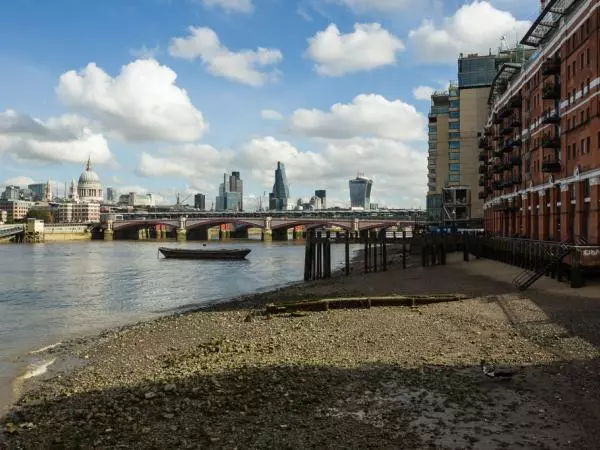china land, 皇帝的城堡 Huángdì de chéngbǎo, (castello dell'imperatore)
http://www.giovannipresutti.com/index.php?option=com_phocagallery&view=category&id=46&Itemid=112
Prato is here, but somewhere else
Steve Bisson
Giovanni Presutti accustomed us to many different things with his pictures - his imaginary
constructs that push us to go through the thin layer separating reality from illusion. To make it
simple, he displaces our perception. He builds pseudo-worlds in which we find all the traits of the
human condition of pretense, dependency, inurement, distress, and inhibition.
In China Land, his view is even more uchronic. We are in Prato, the place in Europe with the
highest ratio of Chinese inhabitants within the population. Starting from the 90’s, immigration has
been increasing and unstoppable. They said that they were coming from Wenzhou. Also, that they
work like machines. They had this in common with the local entrepreneurs and for while they
intermingled with them with their activities: they opened small laboratories and worked with
fabrics not caring much about hygiene and safety rules. Until the world crisis happened, that
brought all the Pratesi to their knees and giving the Chineses the control of the town, the
supremacy of cultural symbols. In a short time, the Chinese community seized the historical centre
and layed down their language and habits, covering the walls with colorful signs. The Duomo has
turned into a shopping area, inside the Castello dell’Imperatore (Emperor’s Castle) there is a
restaurant waiting on wontons. Especially the worship monuments are re-organized, therefore San
Domenico becomes a wedding agency and San Francesco hosts fashion courses. At night the
streets are deserted and the curfew is all the week long.
Within this “Dickian” perspective of an uncertain outcome and subtly ironic is the thought by
Presutti. It may take the observer to have to look at them in the deep, because both in this as in
other of his projects, there is no story told. It is the whole process, throughout all its deviations, to
build itself as a narrative organism. With China Land, Presutti aims to consolidate the isotopic
belonging to place, the coherent semantic of science fiction. He is away apart from any conceit of
modern objectivity.
It seems like the photographer did not care about the authenticity of reality and almost
unconsciously he was parroting Susan Sontag: - Chineses fight against the photographic
dismemberment of reality. They do not use close-ups. They never portrait the details, not even
those of antiques and masterpieces in the museums: the subject is always pictured from the front,
centred, uniformly enlighted, entirely. - On the contrary, the aim of disassembling by Presutti is
nourished with details, marking his territory through small additions and subtractions of meaning.
The commercial sings are especially marked, that became the last flags in an environment of
geographic dissolution, imitations and technological puppets, with an advertising aftertaste.
Sontag wrote: - What is separated within reality, pictures can assemble them - and this is the
experiment that Presutti is repeating, putting ourselves in a different way in front of reality,
neurosis, the masked needs of contemporary men, the nowhere of consumption, the fear for what
is different that - above all - is inside ourselves.
Time splits apart, future is already present. Photography zoomes on reality. Now, it is up to the
audience to invade the stage. Presutti is damnably post-modern in his moves along the border
between documentary and fiction. His hybrid and concise images do not state the reality but they
mark its simulacrum. Almost a cinematographic set-up, an original space-time continuum,
paradoxically, almost alien. Nonetheless, Prato is more than one more “China-Town”. Likewise
other authors clearly post-modern in their aims - e.g. Jeff Wall, Stan Douglas, Gregory Crewdson -
under an illusory artificiality, Presutti reveals a discrete attention to social issues and the
significancy of visual means.
Prato is here, but somewhere else. Maybe is the ability of “not to see” like a no remembering - an
archetype of the contemporary life?
Asolo, March 21st 2017.
 Share / Save
Share / Save











Comments 0
Say something